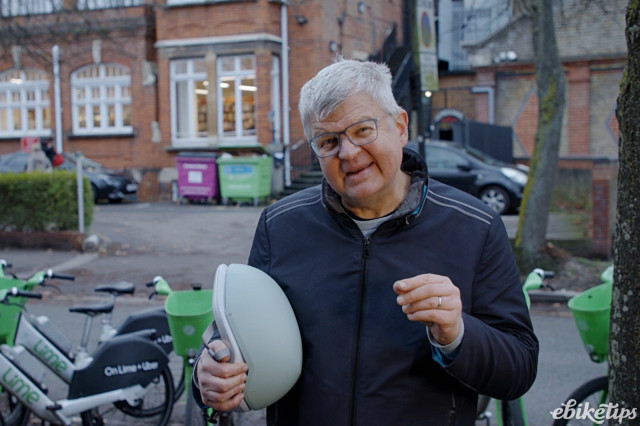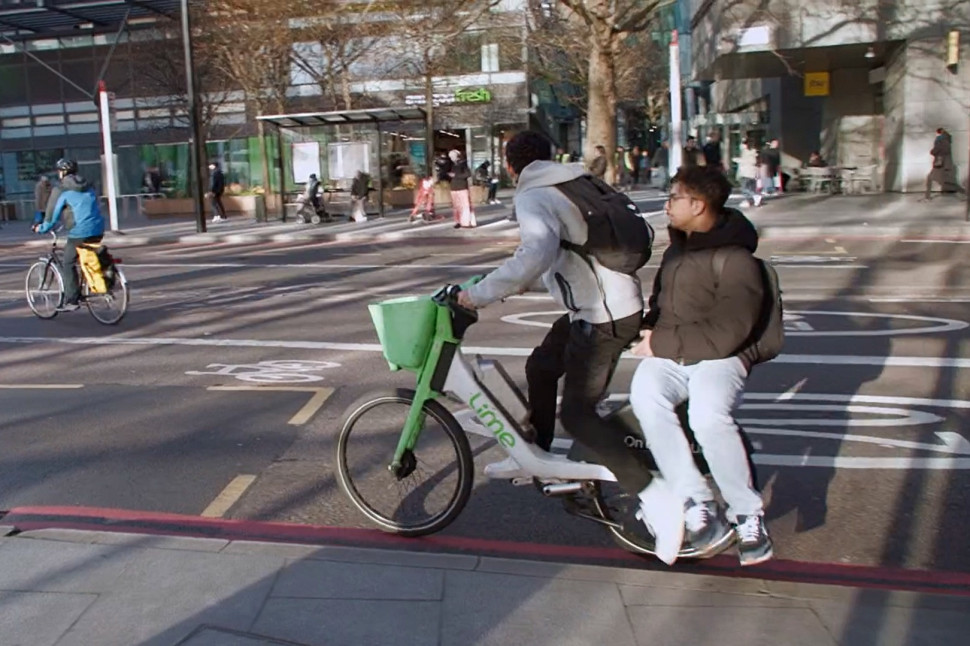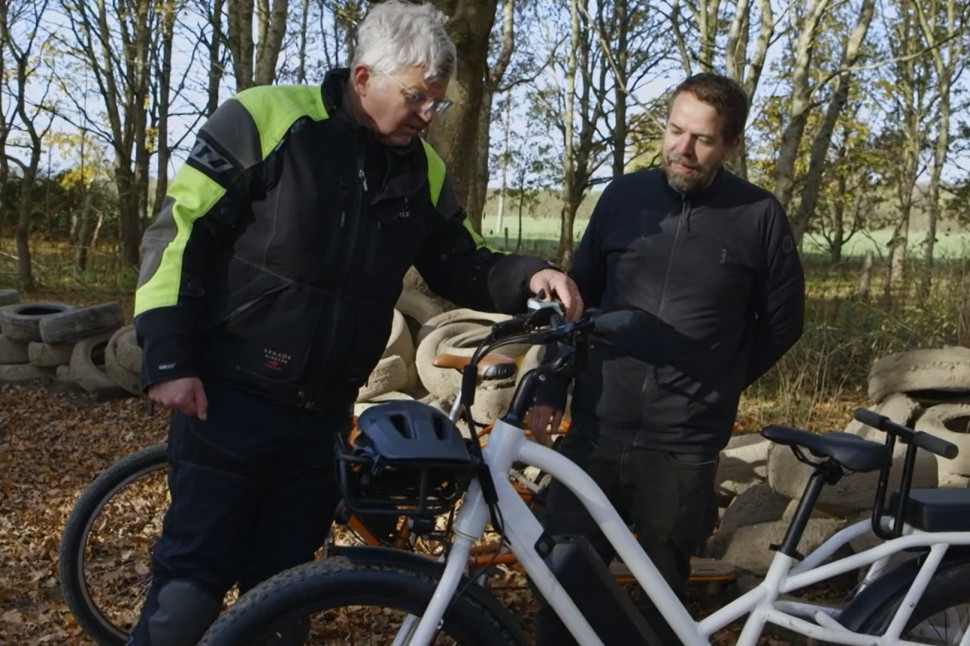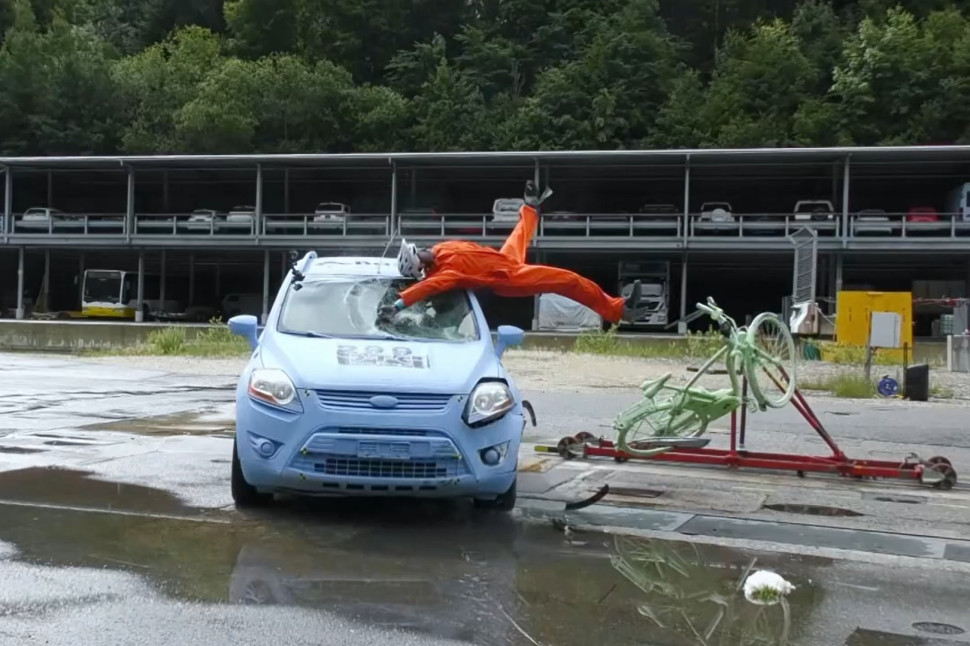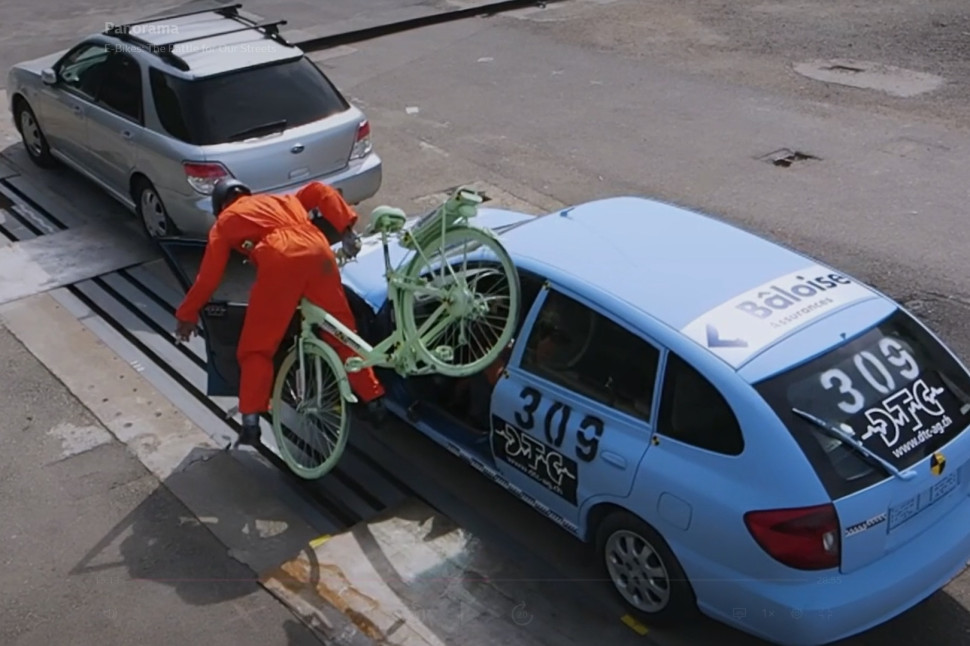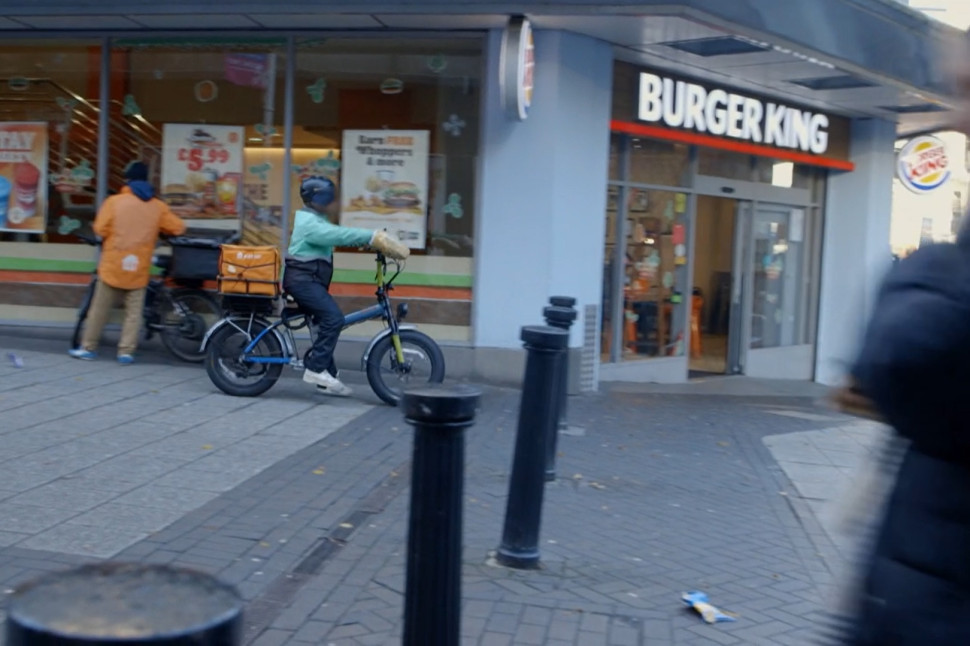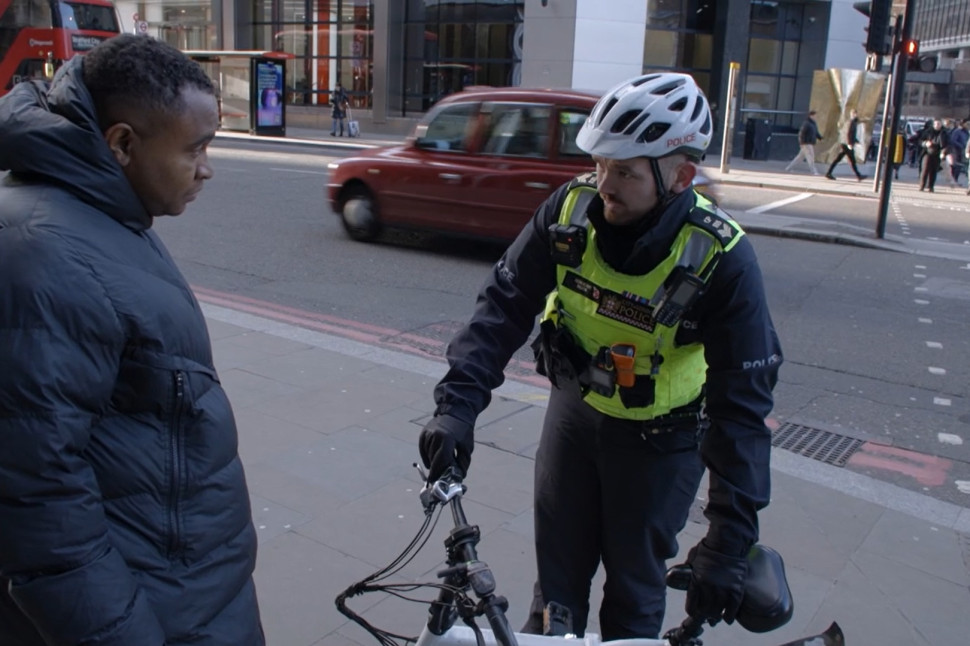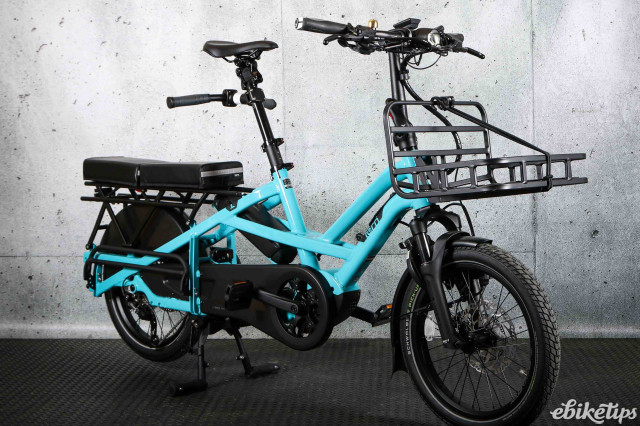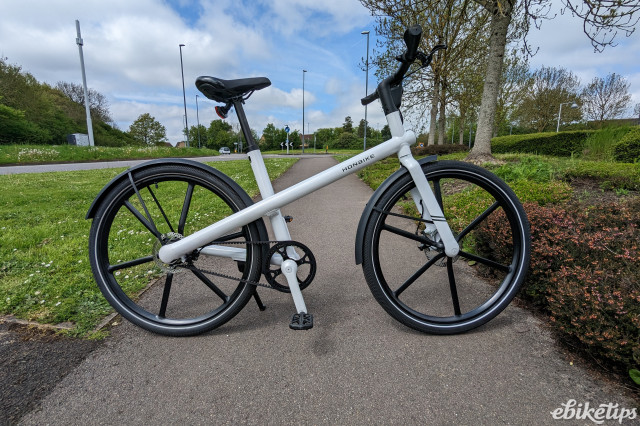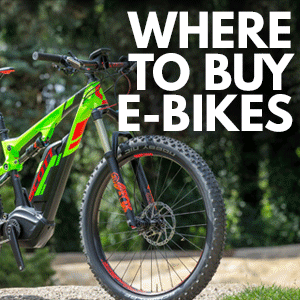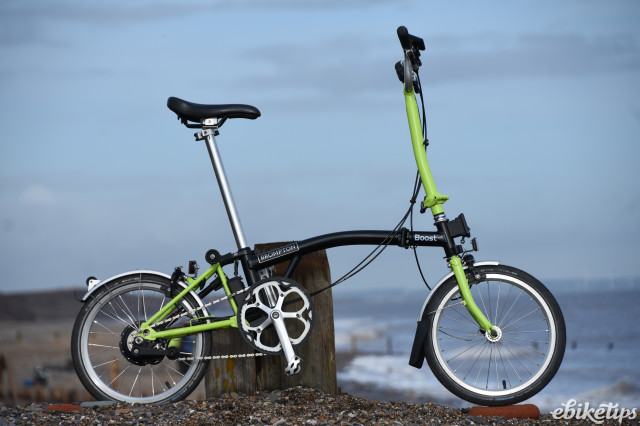Let he who has never favoured the more dramatic headline option cast the first stone. History suggested that the latest Panorama episode, E-Bikes: The Battle For Our Streets, wouldn’t be quite as sensationalist as its title suggested. Did that prove to be the case?
The premise of the episode basically boils down to Adrian Chiles asking whether electric bikes are, “a new menace in need of tighter regulation?”
Chiles is an interesting choice to front a programme like this, having previously expressed his distaste in a Guardian column in which he baulked at the price of e-cargo bikes.
Having said that parents would need to be “super fit” to convey children in such machines in that column, he begins the Panorama programme by riding an e-bike and concluding that they’re, “almost too easy to get used to,” on the basis that “the electric motor’s doing the hard work.”
The first third of the programme then runs through various familiar complaints. We see two people on the same bike. We learn that some pedestrians feel threatened. Chiles makes a point of mentioning the existence of faster e-bikes.
Dr Alex Nurse from the University of Liverpool gets to make the case in favour: an e-bike’s an affordable, lightweight, low pollution, active form of transportation that’s quicker than walking, yet it doesn’t demand harder efforts of the rider – ideal for commuting, essentially.
After footage of wheelieing youngsters riding electric motorbikes with pedals, Chiles rides his own motorbike to a bit of private woodland “somewhere near Bicester” to take a look at an array of e-bikes that span a “varying range of illegality”.
It is at this point, nine minutes in, that our man – perhaps belatedly – brings us up to (ahem) speed with the rules and regs of e-bikes.
"The law says you've got to be at least 14 to ride an e-bike and for it to be road legal, it can’t have a motor more powerful than 250W. And that motor should only work while you’re pedalling, not by pressing a button.”
Testing the illegal bikes, Chiles says, “I’m torn between thinking, ‘Blimey, this is fun – I wish I had one of these when I was a kid,’ to thinking, ‘Hmm, bit dangerous in the wrong hands.’”
He then sets the requirements for riding a moped – registration plate, insurance – against the requirements for riding an e-bike at, “exactly the same speed,” suggesting that, “you don’t have to wear a helmet, you don’t have to have any insurance or anything.”
This is, at best, misleading because of course the lesser legal requirements for riding a 25km/h e-bike simply do not apply to bikes capable of faster speeds.
“When they’re so close to each other in speed, it seems bonkers,” concludes Chiles about his own comparison – which is correct and precisely why the actual real-life laws in this country already reflect that.
After flagging a website that suggests an illegally powerful e-bike could be bought through a Cycle to Work scheme, Chiles heads to Switzerland to find out what happens when someone on an e-bike crashes.
Somewhat confusingly, the first bit of footage shows a crash test dummy on a bike getting utterly obliterated by a car. Next we see one getting doored at the 15.5mph legal e-bike limit. After that, it’s a parent crash test dummy and its poor little crash test dummy infant ploughing straight into the back of a car on an e-cargo bike.
Thomas Shob of the Baloise Group insurance firm describes the common injuries for e-bike riders and pedestrians involved in collisions. Chiles says the severity of injuries is no surprise given that e-bikes are bigger (true), heavier (also broadly true) and faster (entirely untrue, unless you’re conflating legal e-bikes with illegal ones – which by this point seems to be the case).
Attention then shifts to Rochester where 91-year-old Jim Blackwood died from internal injuries after being hit by someone riding an e-bike on the pavement.
A bit of vox popping in Birmingham flags this scenario as a major concern – “they go on pavements,” says one man.
Other gripes include, “they’re almost like electric motorbikes,” and, “where most people on bikes will go slowly around people, they tend to go fast and you can’t hear them because they’re electric.”
This then moves us on to delivery riders. Surveying the city centre, Chiles doesn’t think that many of the e-bikes he sees look legal.
The charity Electrical Safety First believes delivery services should be made to take responsibility and liability for the e-bikes operated by their riders. One rider, Josh, tells Chiles that you have to send a picture of your bike when you register with Deliveroo, but there are no spot checks and there is little to no oversight from any of the other firms.
Deliveroo, Just Eat and Uber Eats all told Panorama that they take action if riders break the law or company rules.
Enforcement, eh? Seems worth mentioning.
Sure enough, we see members of City of London cycle team stopping cyclists and testing bikes, including one that can be powered by a throttle alone, rendering it illegal. It is duly seized.
> City of London's cycle team seizing almost one illegal e-bike or e-scooter a day
Over footage of a police car pursuing someone on a motorbike with pedals, Chiles informs us that “e-bikes” are increasingly being used in “all sorts of crime.”
Sergeant Stuart Ford says it’s “definitely become a transport of choice for criminals now.” Cheap, nippy and manoeuvrable – you can see why.
Clearly there are specific issues which nebulous questioning and imprecise categorisation won’t do much to resolve. Maybe we're biased but "What can we do about e-bikes?" and "What can we do about illegal e-bikes?" are not to us the same question.
Asked the rather broad brush question of how it planned to tackle the boom in e-bikes, the Department for Transport told Panorama it was giving local leaders greater powers to control e-bike rental schemes as well as working with police to tackle anti-social use of them.
Ask a vague question, get a largely irrelevant answer.
Chiles says some cyclists, pedestrians and motorists are asking for tougher regulation and the Telegraph’s Stephen Bird wants someone to “take a proper look at it”.
Dr Nurse, meanwhile, thinks the answer is going to be segregated, dedicated infrastructure so that e-bikes can stay in bike lanes.
For his part, Chiles says he can see the benefits of e-bikes, but “in the absence of clear, enforceable rules, chaos could be coming our way.”
